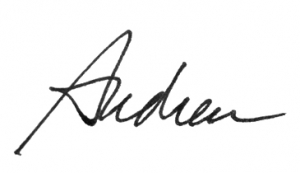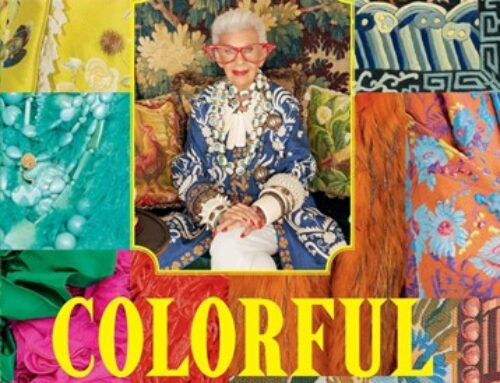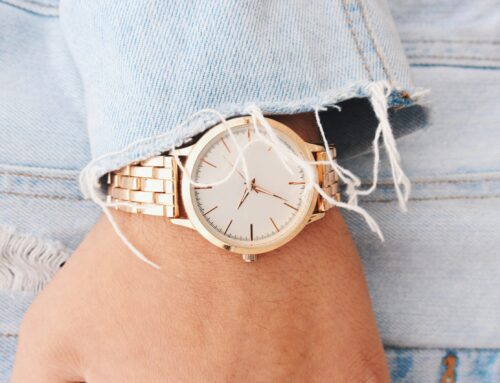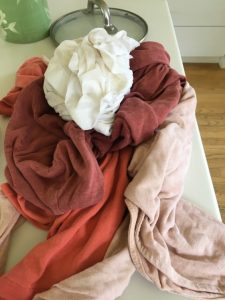
Original colors
If you’ve read my book you know I’m compulsive about the colors I wear, especially the ones near my face. The right ones make me come alive. The wrong ones make me look dead. To make an old favorite (like these here) a little closer to my color palette I often break out my treasure chest of Rit Dyes. A quick dip, and voila! They become like new again.
Choosing Color
If you go to the Rit Dye website there is a tab for “Color Formulas” where you can select “All Purpose” dyes or “Dye More” (for synthetics.) Either one will lead you to dozens of every shade of every color (blues, reds, browns, etc.) They also have some terrific video tutorials about how to dye fabric both on stove top or in the washer.
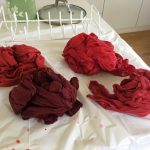
Out of the dye bath
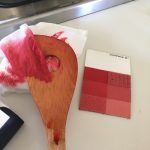
Testing the dye bath
Here are some photos from my project. The original group (above left) consisted of a new white linen shirt from Gap that I bought with the intention of dyeing (I can’t wear bright white near my face, and it was not as ivory as it appears in this photo) plus two J. Crew tees that had faded over time and a Petite Bateau that was always a bit too orange. I chose the Rit Scarlet formula, hoping it would change each of the tops to a shade closer to my reds.
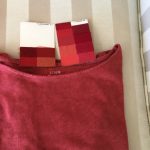
One of my darkest “Romantic” colors
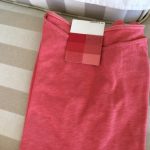
One of my lightest “Romantic” colors
Here is the result. The camera lightened the fabrics a bit, but the only one that turned out significantly brighter than my swatches is the linen blouse (below right.) Since that new color made me feel cheerful and summery I decided I’d wear it anyway. (I think we’re all allowed to cheat a little if a color just makes us happy!)
Tips for Dyeing
Recently I had a conversation with my friend Valeri Clarke who dyes fabric for a living. Valeri has a degree in textiles from California College of the Arts and has worked with major labels to re-create specific colors for their seasonal collections. Here is a summary of tips she offered about dyeing fabric.
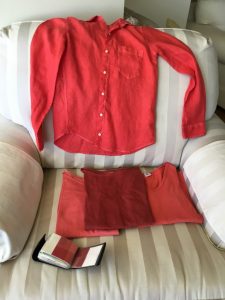
The whole group – finished
- Cover all the surfaces surrounding your dyeing area with plastic or plastic cloth. (I have white countertops and even being extremely careful I ended up with a few spots I had to bleach out.)
- Most dyes contain heavy metals to make the color bond to the fabric. (Natural dye e.g., from beets, onion skins, blueberries, etc., is considered a stain, not a dye, and will fade.) So, always wear rubber gloves when you work with dyes. If you use powder dye always wear a mask so that you don’t breathe in any of the fine particles.
- Use only dedicated utensils for your dye projects. Don’t ever use them again for eating.
- If you want to over-dye from an original color you can try using a color remover first, but it’s iffy. It’s very hard to remove color from seams.
- If the the sewing thread of the original garment was polyester it may not pick up the new color. (I noticed that with my linen blouse.)
- To prevent color splotches when you dye, stir the formula into the dye bath for several minutes until its thoroughly mixed. Always start with a clean garment and then wet it thoroughly before adding it to the dye bath. Never try to cover a stain with dye. It just won’t work.
- Trying to over-dye a garment to a true, dark black is difficult. You need to use a LOT of dye and it still can end up leaning blue, purple or green, depending on the original color.
- If you dye cloth in your washing machine clean the washer thoroughly afterwards. Spray with Super Green and run a whole extra-large cycle – even twice – before washing any clothes. (I even find that when I dye things on the stove top, and then wash them, I have to run the washer through two cycles before using it again for a regular load.) If you have a top loading washer you can do a time setting to stop half way through to check the color. But still, you just cross your fingers when you dye something in the washer.
Finally, here are a couple of tips from Candace Hathaway, one of color expert John Kitchener’s long-time clients, who buys a lot of high-end vintage clothing and a does a lot of dyeing to get a color just right.
- To get rid of the “thrift store” clothing odor, fill a spray bottle with ½ water and ½ cheap vodka
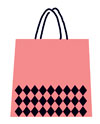 and spray the garment. (Someone who works in theater costuming told her this trick.)
and spray the garment. (Someone who works in theater costuming told her this trick.) - Buy the 20-pack bar towels at Costco for testing the color of the dye bath before you dip the garment in. It’s more effective than paper-testing and more clearly indicates what the end color will look like.
An Option
If you want to start from scratch, Dharma Trading sells a lot of un-dyed garments (tee shirts, dresses, camisoles, pants, etc.) as well as powdered procion dyes. (Those dyes work best on natural textiles and they promise that the color will last a long time.) It’s worth checking out.
Planning any dyeing projects? I’d love to see your before and after pix.
Here’s to your Real Colors!
[Learn more about your best colors and your unique style essences in my book, Shopping for the Real You.]
